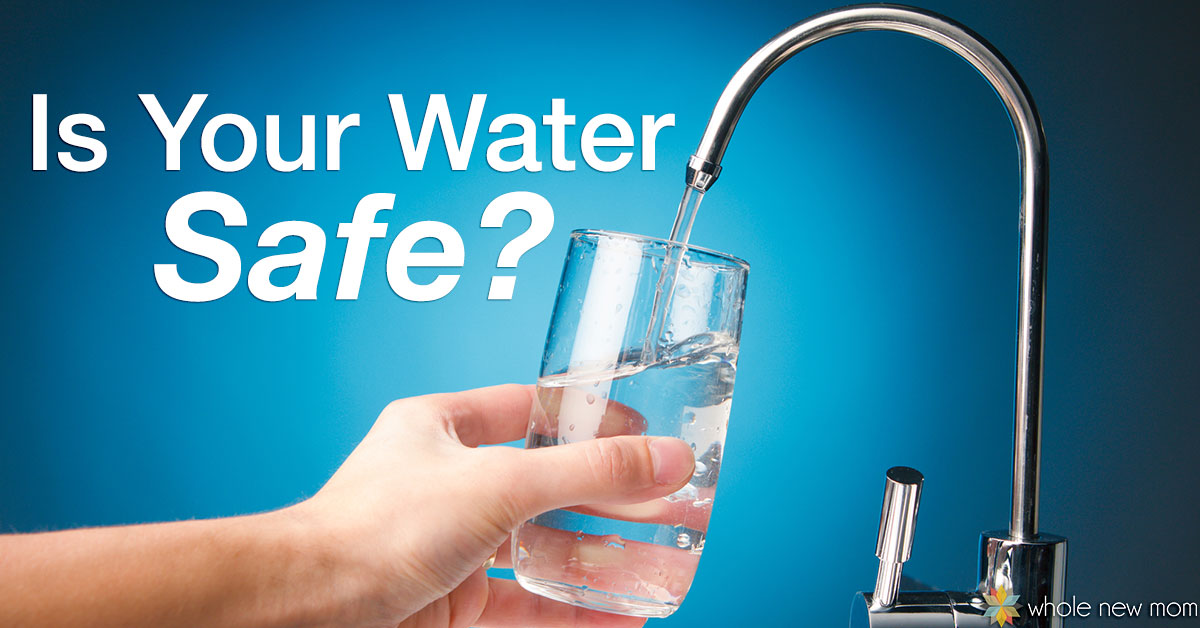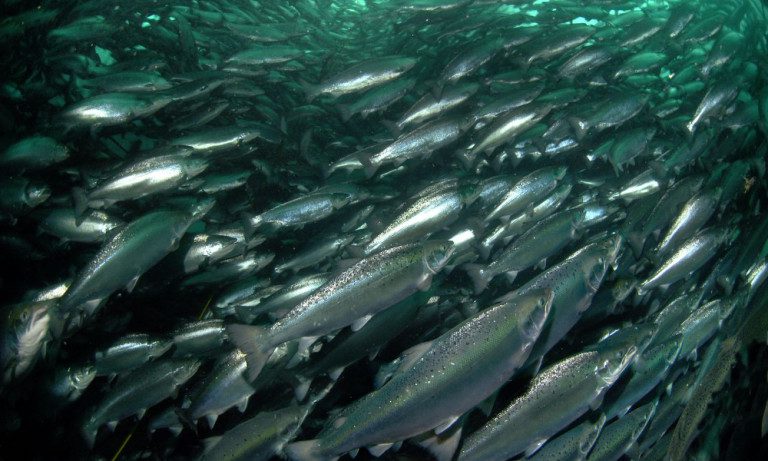The biggest hole in the drinking-water safety net may be the least visible: the potential for water to be tainted by substances that scientists and officials have not even studied, much less regulated.
The E.P.A. has compiled a list of 100 potentially risky chemicals and 12 microbes that are known or expected to be found in public water systems, but are not yet regulated. In the last 15 years, it also has required water systems to test for 80 additional contaminants to see whether they merit regulation.
So far, it has decided to place limits on just one, perchlorate, a salt found in rocket propellants and explosives. And what an arduous decision it has been: The E.P.A. began tests for perchlorate in 2001 and resolved to regulate it in 2011, but does not expect to publish its proposed rule until March 2017.
There are thousands of other chemicals, viruses and microbes that scientists like Dr. Griffiths say the agency has not begun to assess. The scientists say they can make educated guesses about the potential for harm, and most are harmless or exist in vanishingly small amounts. But they also admit they can be blindsided.
“We just don’t have enough research to tell us,” said Rebecca D. Klaper, a professor of freshwater science at the University of Wisconsin-Milwaukee. “This suite of 100 things might be in the water, but you have to have methods and standards developed to measure these things. Unless you have a preconceived notion of what you’re looking for, you don’t know what’s there.”
Continue reading the main story


Toledo, Ohio, shut down its drinking water for three days in 2014 after microcystin, an unregulated toxin produced by algae-like bacteria clogging Lake Erie, tainted its supplies. Microcystin and related toxins, which can cause liver damage and have killed animals, have since been added to the list of potentially dangerous contaminants.
Another example: Many water systems draw from rivers loaded with nitrates, the product of fertilizer runoff and sewage overflow. But researchers were long unaware that removing nitrates from finished water can leave behind a toxic byproduct, nitrosamines, the cancer-causing chemical found in cooked bacon.
The soup of contaminants in many water sources holds other possibilities for trouble. The E.P.A.’s latest list of potentially risky substances includes some variants of estrogen, compounds from birth-control pills and other pharmaceuticals that are already linked to sexual changes in fish. Individually, they probably pose little risk to humans. Together, Dr. Klaper said, the risk may or may not be greater.
“How do you look at the long-term impact of these trace chemicals?” she asked. “That’s what we’re trying to wrap our heads around. The research that could determine whether anything is a problem is very complicated.”
Ultimately, water problems in Flint and elsewhere suggest a failing in society’s concept of water, said Henry L. Henderson, the Midwest program director for the Natural Resources Defense Council.
“We see safe and sufficient water as a human right,” he said. “It needs to be approached as a public service matter, not a private commercial commodity.”
Cost considerations drove the decision to switch Flint from Lake Huron water to Flint River water, unleashing the lead problems. But water, Mr. Henderson said, has to be more than a matter of the bottom line.
“It doesn’t just come out of the wall,” he said.





